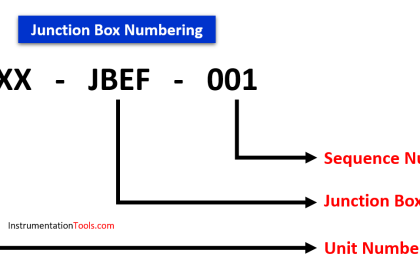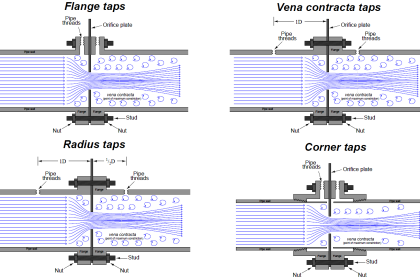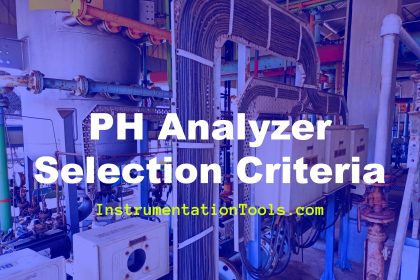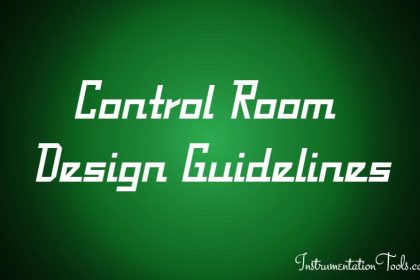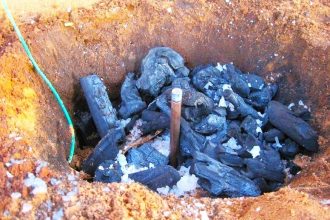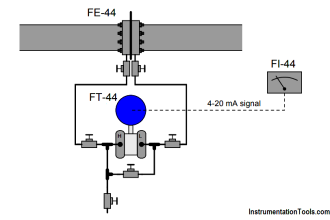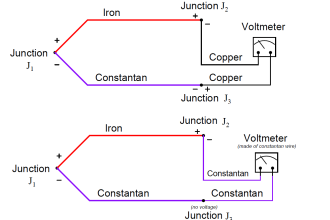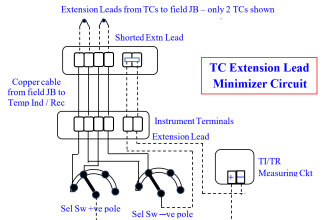The Material Take Off (MTO) for field instruments is a detailed inventory that encompasses all the instruments and associated hardware required for the measurement and control of process variables in the field.
Material Take Off (MTO)
Instrument Material Take Off (MTO) is a detailed inventory of all materials and components required for the instrumentation aspect of an engineering project. The MTO is an essential document used in the planning, procurement, and construction stages.
The MTO helps in estimating costs, scheduling procurement, and ensuring that all materials meet project specifications.
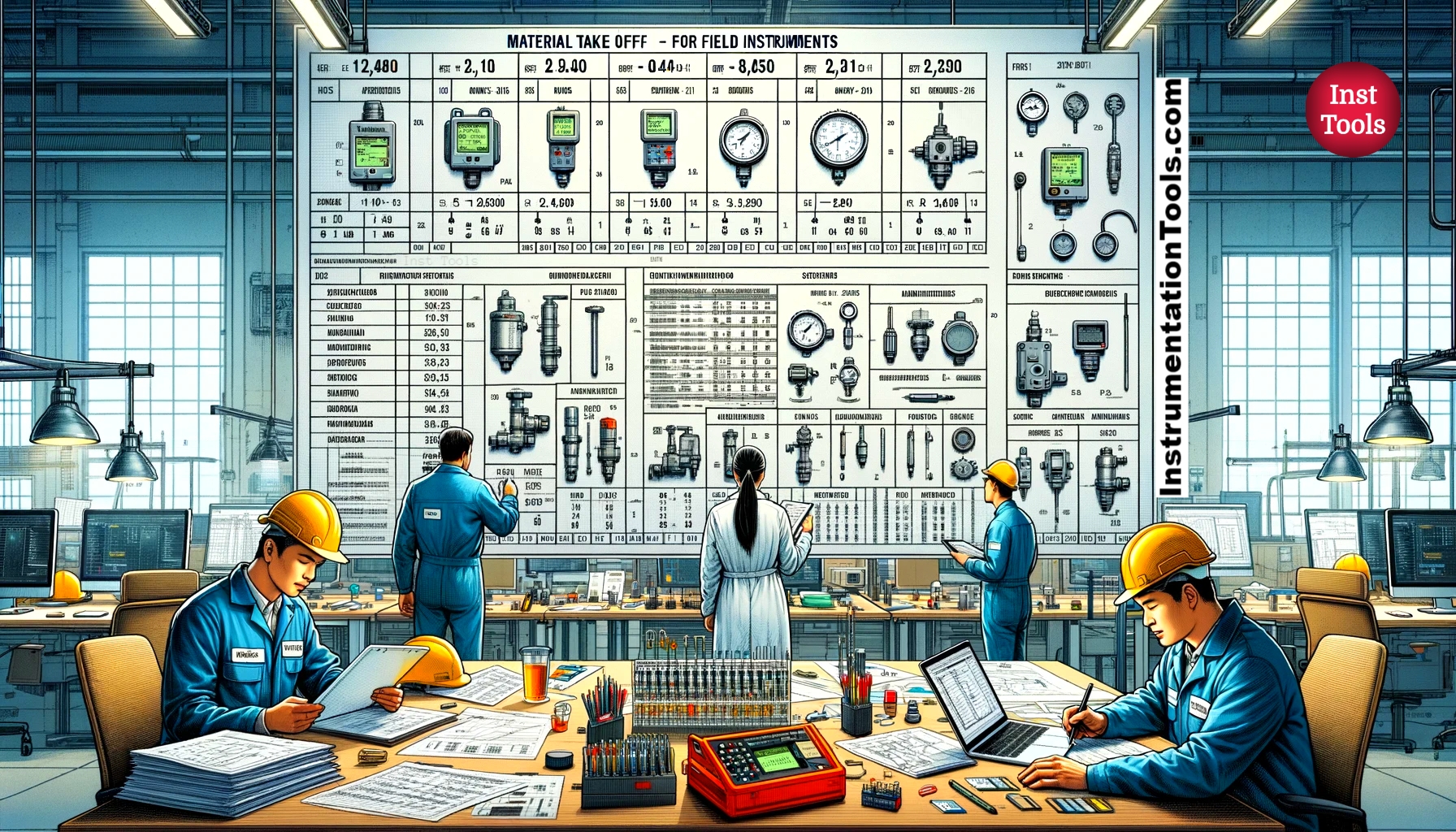
This MTO is crucial for ensuring that all necessary components are accounted for in the early stages of project planning and execution.
Purpose of an Instrument Material Take-Off
- Budgeting provides a cost estimate for instrumentation materials, which is essential for financial planning.
- Procurement serves as a basis for ordering materials, ensuring that the correct types and quantities are purchased to avoid shortages or excess.
- Project Planning aids in scheduling the delivery of materials to align with the project timeline.
- Construction readiness ensures that all required materials are available when needed, facilitating smooth construction or installation processes.
Components of a Material Take-Off Document
- Identification: Each item is uniquely identified with part numbers or item codes.
- Quantities: The exact quantities needed are listed to prevent over or under-purchasing.
- Specifications: Detailed specifications for each item, including type, size, material, and any technical requirements.
- Standards Compliance: Ensures all items comply with relevant industry standards and project-specific requirements.
- Vendor Information: Preferred vendors or manufacturers for specific items may be listed based on prior approval or project requirements.
Process of Creating a Material Take-Off
- Design Review: The process begins with a thorough review of project design documents, such as P&IDs (Piping and Instrumentation Diagrams), instrument lists, and location plans.
- Data Collection: Data regarding each instrument and related accessories is collected.
- Cataloging: Items are cataloged into categories like field instruments, control systems, cabling, and safety devices.
- Quantification: The quantities required for each item are determined based on the design.
- Specification Detailing: Detailed technical specifications for each material are compiled.
- Verification: The list is verified against project standards and engineering practices to ensure accuracy and completeness.
Some of the MTOs for the instruments are as follows.
Sensors and Transmitters
The sensors and transmitters are devices used to measure process variables such as temperature, pressure, flow, and level. The MTO would specify:
- Types (e.g., thermocouples, RTDs for temperature; orifice plates, Coriolis meters for flow)
- Range and accuracy of measurement
- Output signals (4-20 mA, HART, Foundation Fieldbus)
- Materials of construction suitable for the process media and conditions
- Certifications required (e.g., ATEX for explosive atmospheres)
- Mounting details (e.g., flanged, threaded)
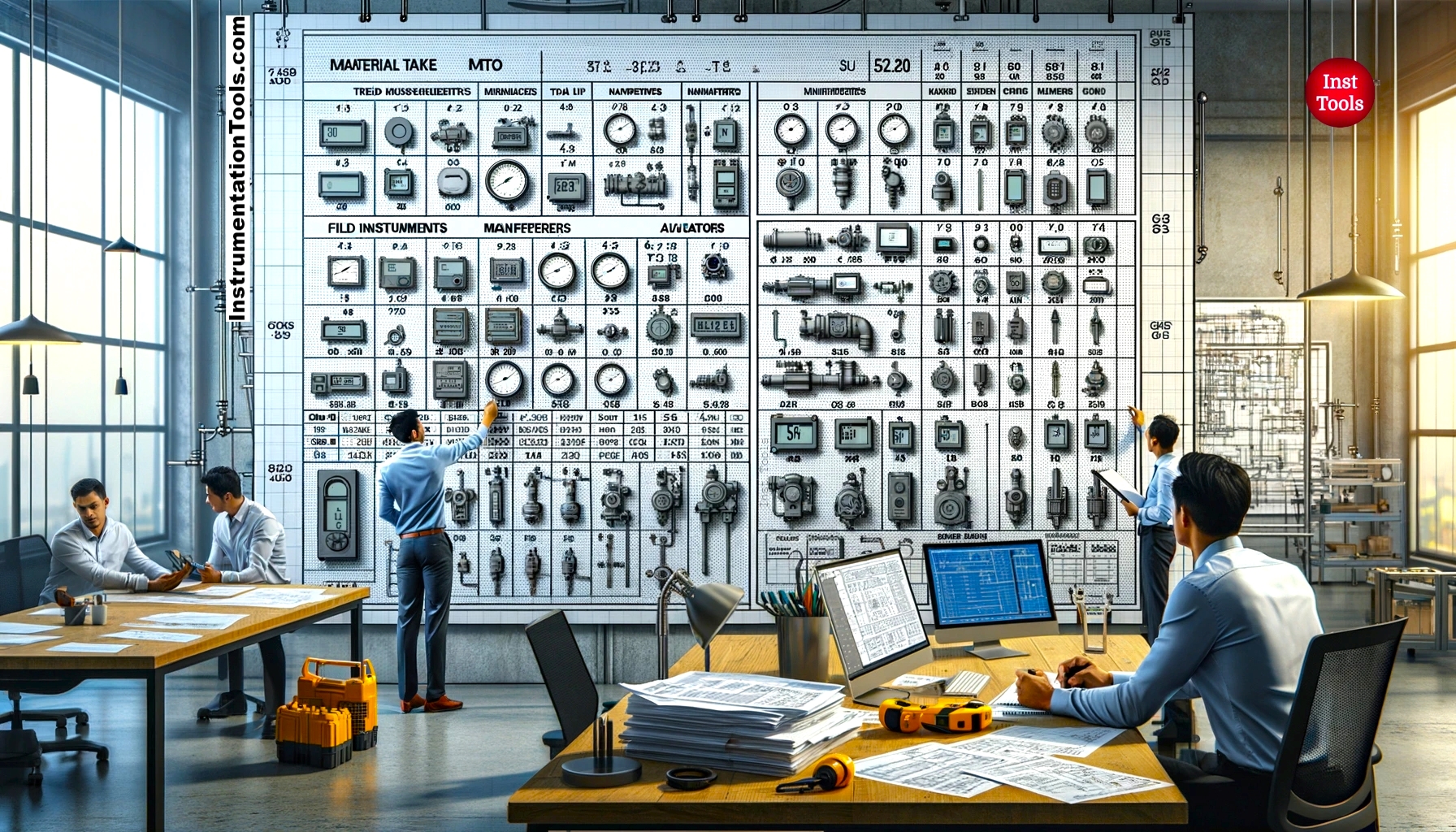
Analyzers
Analyzers are used for chemical composition analysis of gases and liquids. The MTO would include:
- Types (e.g., gas chromatographs, pH meters, oxygen analyzers)
- Required sampling systems (probes, fast loop systems)
- Sample conditioning systems (filters, coolers)
- Utilities required (e.g., carrier gases, electricity)
Actuators and Positioners
These devices act upon a control signal to move a valve or damper to a desired position. The MTO would detail:
- Type of actuator (pneumatic, hydraulic, electric)
- Positioner requirements
- Accessories such as solenoid valves, limit switches, air filters, and regulators
Control Valves
These valves regulate the flow of material through a process system. The MTO would specify:
- Size and type (globe, ball, butterfly, etc.)
- Pressure class and end connections
- Body and trim materials
- Actuator type and size
- Fail position (fail-open, fail-closed, fail-in-place)
Gauges and Indicators
The gauges & indicators provide local readouts of process variables. The MTO would include:
- Type of gauge (pressure, level, temperature)
- Dial size, range, and units of measurement
- Material of construction for wetted parts
- Connection type and size
Switches and Process Alarms
These devices are used for process safety and control functions. The MTO would cover:
- Pressure, temperature, level, and flow switches
- Set points and deadbands
- Output types (electrical contact, solid state)
- Environmental ratings
Manifolds, Junction Boxes, and Cabling
These components facilitate the connection, distribution, and isolation of instruments. The MTO would detail:
- Manifolds for multiple pressure transmitter hookups
- Junction boxes for electrical connections
- Types of cables and conduits for signal and power distribution
Mounting Hardware and Supports
All the necessary brackets, stands, and supports for installing the instruments. The MTO would specify:
- Materials (stainless steel for corrosion resistance)
- Design loads
- Environmental considerations (wind, seismic activity)
Installation Materials
This includes tubing, fittings, and fasteners required for installation. The MTO would list:
- Tubing material (stainless steel, copper) and size
- Fittings types (compression, threaded)
- Gaskets and seals
Calibration and Test Equipment
The calibration equipment is needed to verify the accuracy and functionality of the instruments. The MTO might include:
- Handheld communicators for smart instruments
- Portable calibrators for field calibration
- Deadweight testers, multimeters, and pressure generators
Documentation and Software
All the necessary manuals, instructions, and software for the configuration and maintenance of the instruments. The MTO should mention:
- Configuration software for smart transmitters
- Licenses for any proprietary software
- Calibration and maintenance records
Specialty Items
Any special components or materials needed for unique applications, such as:
- High-temperature extensions for temperature sensors
- Diaphragm seals for corrosive media
- Insulation kits for freeze protection
Conclusion
Creating an MTO for field instruments is a meticulous process that requires a comprehensive understanding of the project scope, process requirements, and environmental conditions. It serves as a key document for procurement, budgeting, and scheduling in the execution of a project.
Each line item in the MTO is typically cross-referenced to the project’s P&ID (Piping and Instrumentation Diagram) to ensure accuracy and completeness. An MTO must be flexible to accommodate changes and updates as the project evolves from the design phase toward construction and commissioning.
If you liked this article, then please subscribe to our YouTube Channel for Instrumentation, Electrical, PLC, and SCADA video tutorials.
You can also follow us on Facebook and Twitter to receive daily updates.
Read Next:
- Instruments Tapping Points
- Junction Box Specification
- Pressure Sensor Specifications
- Selection Criteria of pH Analyzer
- Instrumentation 3D Modeling




